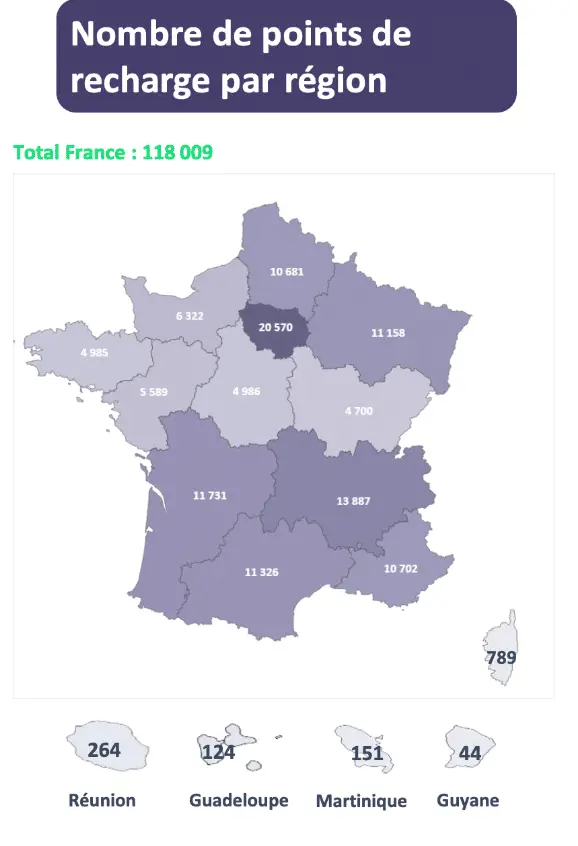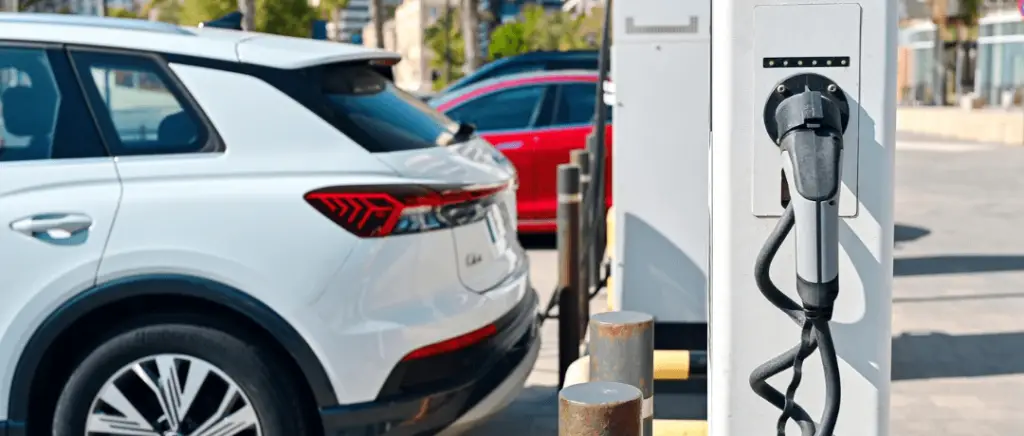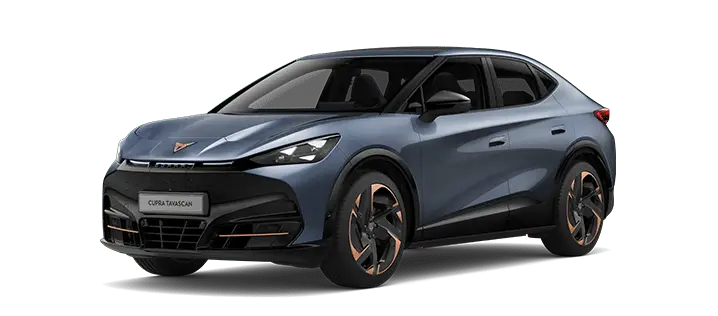your charging point
What is the current state of the recharging network?
What is the current density and geographical coverage of the charging station network in France?
France experienced a a significant increase in the number of charging stations for electric vehicles, to more than 118,000 public charging points by the end of 2023. This growth represents an increase of 44 % in one year, reflecting a national effort to support the French people's energy transition.
However, the density and geographical coverage vary greatly from one region to another. This trend shows the inequalities in access to IRVEs (recharging infrastructure for electric cars) across the country.
As shown in the graph, Île-de-France dominates the ranking with the highest number of terminals, followed by other major regions such as Auvergne-Rhône-Alpes and the New Aquitaine. On the other hand, regions such as Corsica or all the FRENCH OVERSEAS DEPARTMENTS AND TERRITORIES show an urgent need to catch up with the rest of the country.

Source : Avere France
This inequality highlights the challenges for individuals and businesses in particularon long journeys or in less populated areas.underlining the importance of an effectivebalanced deployment.
What problems do drivers encounter?
Electric vehicle drivers in France face a number of problems despite the positive development of the network of charging stations:
- The lack of fast terminals : Despite growing demand, the proportion of fast and ultra-fast charging points is stagnating, with only 8 % of charge points offering a power rating of more than 150 kW (4 % between 150 and 350 kW and 4 % above 350 kW). The latter are often out of order.
- Blocking by combustion engine vehicles : charging points located in public spaces are frequently occupied by non-electric cars, preventing them from being used by those who need them.
- Malfunctions : Drivers regularly come across faulty or incompatible charging points for their electric car, making it difficult to recharge away from home.
- The price of top-ups : Although they were initially free in some supermarkets, this trend is becoming increasingly rare, prompting drivers to increase their recharging budgets.
- Legislation in public car parks : although the LOM law is put in place to increase the number of charging points in public car parks, there is no requirement as to the type of charging, which may not meet the needs of all drivers.
Read also → What challenges will electric car charging infrastructures face in 2024?
What are the latest innovations in charging stations?
The possibility of reserving terminals for better route planning
To make it easier to plan electric vehicle journeys, some applications and services now offer the option of reserving charging points in advance. This reservation system generally works via a mobile application where users can see the availability of charging points in real time, choose a time slot and book a charging session. This innovation ensures that drivers have access to a charging point when they need it, and optimises the use of existing charging infrastructure.
Also read → The best route planners for electric cars
Keyless systems and mobile applications
Other recent innovations include the integration of keyless entry systems and the emergence of dedicated mobile applications. These make it easier and safer to access charging points for electric vehicles. These technologies enable users to start a charging session via their smartphone, without needing a physical card or key. The best-known applications are :
Their intuitive interface considerably enhances the user experience, thanks to their ease of navigation. They provide relevant information in real time on the availability of charging points, rates and estimated recharging time.
New solar integration solutions
New solar integration solutions, in particular solar panel roofs on charging stations for electric vehicles, mark a significant step towards more sustainable mobility. These systems capture solar energy directly at the charging point, providing a clean, renewable source of energy.
The impact of these innovations goes beyond the simple production of green energy; they also reduce the greenhouse effect.carbon footprint charging infrastructure and encourage the adoption of electric vehicles by improving the efficiency and availability of recharging. By combining photovoltaic technology with electric recharging, these installations offer a concrete response to today's environmental and energy challenges.
Also read → Should you install solar panels for your charging points?
New designs for improved accessibility
Electric vehicle charging stations have been redesigned to improve accessibility. These new features focus on :
- improved ergonomicsin facilitating access to and use of the terminals for all users, including people with reduced mobility.
- universal compatibilityThis will ensure that all the stations can accommodate the maximum number of types of electric vehicles with different types of connectors.
- improved aestheticsby adapting the design of the stations to the urban or natural environment, making the infrastructure more discreet.
- clearer signageby developing intuitive signage to guide users easily through the charging process.
- unprecedented interactivitywith touch screens and user-friendly interfaces for a better charging experience.
These innovations aim to make charging stations more accessible and easier to use, but also to encourage the wider adoption of electric vehicles by improving the user experience.
Emerging technologies and their potential
Plug & Charge, or how to simplify the recharging process
Le "Plug & Charge is an emerging technology designed to simplify the process of recharging electric vehicles. Thanks to this innovation, the vehicle and the charging station communicate automatically to identify and authenticate the charging session as soon as the cable is connected, without the need for a charging card or mobile application.
This feature offers a smoother, more convenient charging experience for the user, reducing the number of steps required to initiate a charge and improving accessibility to electric charging facilities.
Also read → Plug and Charge: recharge your electric vehicle like your smartphone
Vehicle to Grid (V2G), which uses the vehicle as a source of energy
Le Vehicle to Grid (V2G) is a revolutionary technology that transforms electric vehicles into mobile energy sources, making it possible not only to recharge the vehicle's battery, but also to power it. battery of the vehicle, but also to send electricity back to the grid.
This bidirectionality offers considerable advantages in terms of energy management, such as balancing the demand and supply of electricity, reducing consumption peaks and improving the stability of the electricity network. By integrating electric vehicles into the energy network, V2G encourages the use of renewable energies and helps to optimise available energy resources.
Also read → Vehicle to Grid: a source of energy
Instant battery exchange
Instant battery swapping, also known as Battery Swap, is an emerging technology that aims to minimise the downtime associated with recharging electric vehicles. This method allows drivers to replace their discharged battery with a fully charged one in a matter of minutes, eliminating the wait traditionally required for recharging. This approach could revolutionise the use of electric vehicles, offering a practical solution for long journeys and reducing the anxiety associated with having to recharge batteries.autonomy.
The use of blockchain
The use of blockchain in electric vehicle charging stations represents a major step forward in securing transactions and boosting incentives. By exploiting this technology, data relating to charging transactions can be recorded securely and transparently, guaranteeing the integrity and reliability of exchanges between users and service providers. This approach also facilitates the development of incentive schemes, such as rewards for using renewable energy sources or for participating in demand-side management programmes, thereby contributing to more sustainable and efficient mobility.
Conclusion
The transition to electric mobility is underway, supported by technological innovations that make charging stations more accessible, efficient and integrated into our energy systems. These advances, from optimising the user experience with Plug & Charge to integrating renewable energy sources and using blockchain to secure transactions, are crucial to encouraging the uptake of electric vehicles. They represent not just technical progress, but also a step towards more sustainable and responsible mobility.
If you would like to find out more about the tax credit for in-car charging points 2024For more information, see our article on this subject.
































